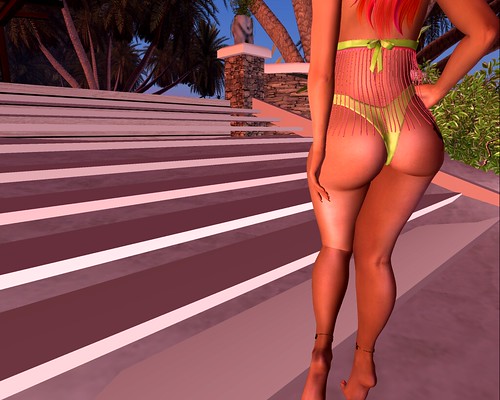Tony Walner: It’s time for Chicago to kick the speed hump to the curb
Happy Hump #HappyHump

Much like the rest of Chicago, over the last few years my West Town neighborhood has become speed hump-happy. (Speed bumps, on the other hand, are the shorter and, for lack of a better word, bumpier installations bolted down in parking lots and alleys.) Even Mayor Brandon Johnson has expressed support for speed humps.
However, the state of Illinois does not officially recognize speed humps as a traffic control device, which is why several cities and towns don’t even consider them. Though we widely implement speed humps across Chicago, there are better ways to make our side streets safe.
I’m not knocking the effectiveness of speed humps. I’m all for slowing down traffic and secretly wish any driver who dares go more than 30 mph fall victim to some of the larger speed humps in my neighborhood, namely what I like to call the “Leavitt Liftoff” and “Wolcott Whopper.” So, please, don’t write this off as some anti-speed hump screed from a 30-year-old going on 90.
Speed humps, however, are rife with problems that our wards already acknowledge: They slow emergency vehicles and equipment, increase traffic noise, may cause serious accidents and increase the city’s liability for those accidents, along with being difficult to resurface and maintain. Several wards require that 70% to 90% of affected residents sign petitions prior to implementation, which makes sense because changes in street conditions may also affect property values. My ward, the 1st, is addressing traffic safety through the Complete Streets project, but it apparently no longer uses petitions for speed humps, seemingly content to bump-ify streets by sending an email with a desired location without regard to a specific block’s input.
There are several disadvantages to speed humps that aldermanic petitions fail to disclose or clarify. Upticks in fossil fuel emissions due to accelerations harm the environment, and speed humps potentially create drainage issues. Importantly, emergency response vehicles lose up to 10 seconds per hump; an ambulance going over a speed hump can aggravate injury in patients and make intervention by health professionals more difficult in transit. One study done in Turkey suggests that more people die of sudden cardiac disorders due to delays produced by traffic-calming conditions.
Aside from being an obstacle to emergency response vehicles, the design of our speed humps, often with rough entry and exit gradients or abrupt transitions, are not bike-friendly. And, superficially, they are downright ugly to look at.
In the winter, when our streets are slushed or chalked with salt residue, they can be difficult to spot, even with painted warnings, making them a wintertime hazard. Too many of our humps are pockmarked and poorly maintained.
Chicago Tribune Opinion
Weekdays
Read the latest editorials and commentary curated by the Tribune Opinion team.
Here’s the thing: There are other solutions furnished by the Chicago Department of Transportation’s Tools for Safer Streets Guide that are not plagued by issues pertaining to emissions, noise pollution, maintenance or emergency response times that we could use instead. Further, these other effective traffic-calming measures contribute to our residential streets with natural beauty and water management, instead of just plopping asphalt atop asphalt.
For example, curb bump-outs, bump-outs or chicanes — which are staggered midblock bump-outs — reduce speed and traffic, accommodate emergency vehicles, and can be infilled with landscaping, though these measures reduce parking. Neighborhood traffic circles or mini-roundabouts — circular islands that dot intersections of residential streets — also calm traffic while permitting foliage to grow in their centers.
The bonus: Adding foliage to traffic-calming measures may also increase property values while having an ameliorating effect on crime. Additionally, these alternative designs allow for more permeable surfacing, which mitigates stormwater runoff, an increasingly severe threat to the city’s stormwater system.
Instead of continuing to raise speed humps on residential streets, we should petition for effective, sustainable and visually appealing traffic-calming conditions at our disposal that accommodate emergency response vehicles and cyclists. Traffic-calming applications generally require residential approval or stem from participatory budgeting.
For those blocks that have already achieved consensus with speed humps, it may be nice, in this age of fractured community ties, to once again meet our neighbors and smooth things out, so to speak.
Tony Walner, a Chicagoan, is a recent graduate of the Northwestern University Pritzker School of Law.
Submit a letter, of no more than 400 words, to the editor here or email letters@chicagotribune.com.